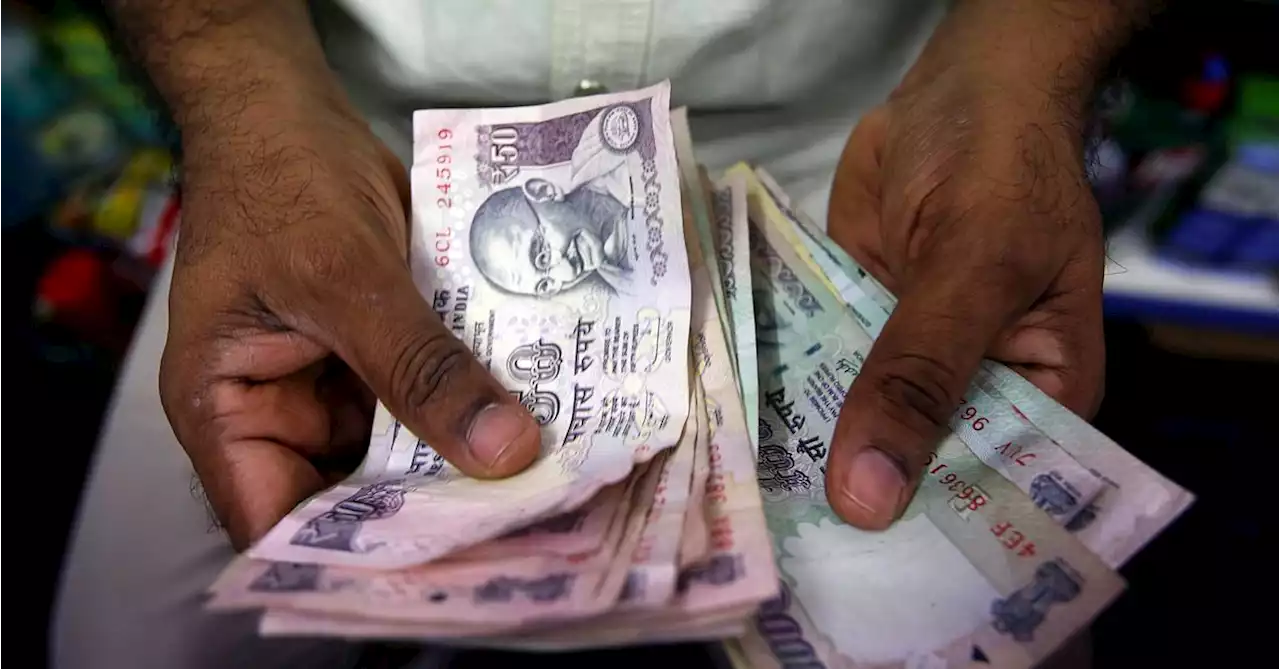India is setting up a fund worth 330 billion rupees ($4 billion) to provide liquidity to its corporate debt market during bouts of stress, to help stem panic selling and ease redemption pressures, an SBI Mutual Fund executive told Reuters.
The government will provide 90% of the money for the fund, and other asset managers would contribute the rest, deputy managing director D.P. Singh said.
SBI Mutual Fund, a unit of India's largest state-owned lender, State Bank of India, has been tasked with administrating the backstop fund, which was first proposed by the Securities and Exchange Board of India in 2020 after high-profile defaults rocked the domestic debt market. "We have seen in the past that whenever there is a credit event, there is a run on the funds for redemption which in turn creates pressure on liquidity," said Singh in an emailed response to questions from Reuters.
"This fund is being created to avoid such a situation in the future and meet the redemption pressure in any such event." During times of stress, the backstop fund could step into the market to buy relatively illiquid investment grade bonds.
Australia Latest News, Australia Headlines
Similar News:You can also read news stories similar to this one that we have collected from other news sources.
 D'Angelo Russell, Laker Have Mutual Interest In Contract ExtensionD'Angelo Russell, Laker Have Mutual Interest In Contract Extension - RealGM Wiretap
D'Angelo Russell, Laker Have Mutual Interest In Contract ExtensionD'Angelo Russell, Laker Have Mutual Interest In Contract Extension - RealGM Wiretap
Read more »
 ‘Up In The Blue Seats’ Podcast Episode 113: Should The Rangers Trade Vitali Kravtsov?The Vitali Kravtsov saga is a mutual failure.
‘Up In The Blue Seats’ Podcast Episode 113: Should The Rangers Trade Vitali Kravtsov?The Vitali Kravtsov saga is a mutual failure.
Read more »
 Air India reveals orders for 470 Boeing, Airbus jetsAir India has unveiled orders for 470 Boeing and Airbus aircraft.
Air India reveals orders for 470 Boeing, Airbus jetsAir India has unveiled orders for 470 Boeing and Airbus aircraft.
Read more »
 Exclusive: G20 host India to propose China, other creditors take haircuts on loansIndia is drafting a proposal for G20 countries to help debtor nations badly hit by the economic fallout from the pandemic and Ukraine war, by asking lenders including China, the world's largest sovereign creditor, to take a large haircut on loans.
Exclusive: G20 host India to propose China, other creditors take haircuts on loansIndia is drafting a proposal for G20 countries to help debtor nations badly hit by the economic fallout from the pandemic and Ukraine war, by asking lenders including China, the world's largest sovereign creditor, to take a large haircut on loans.
Read more »
